Paul Revere is one of the first names that school children learn in American History.
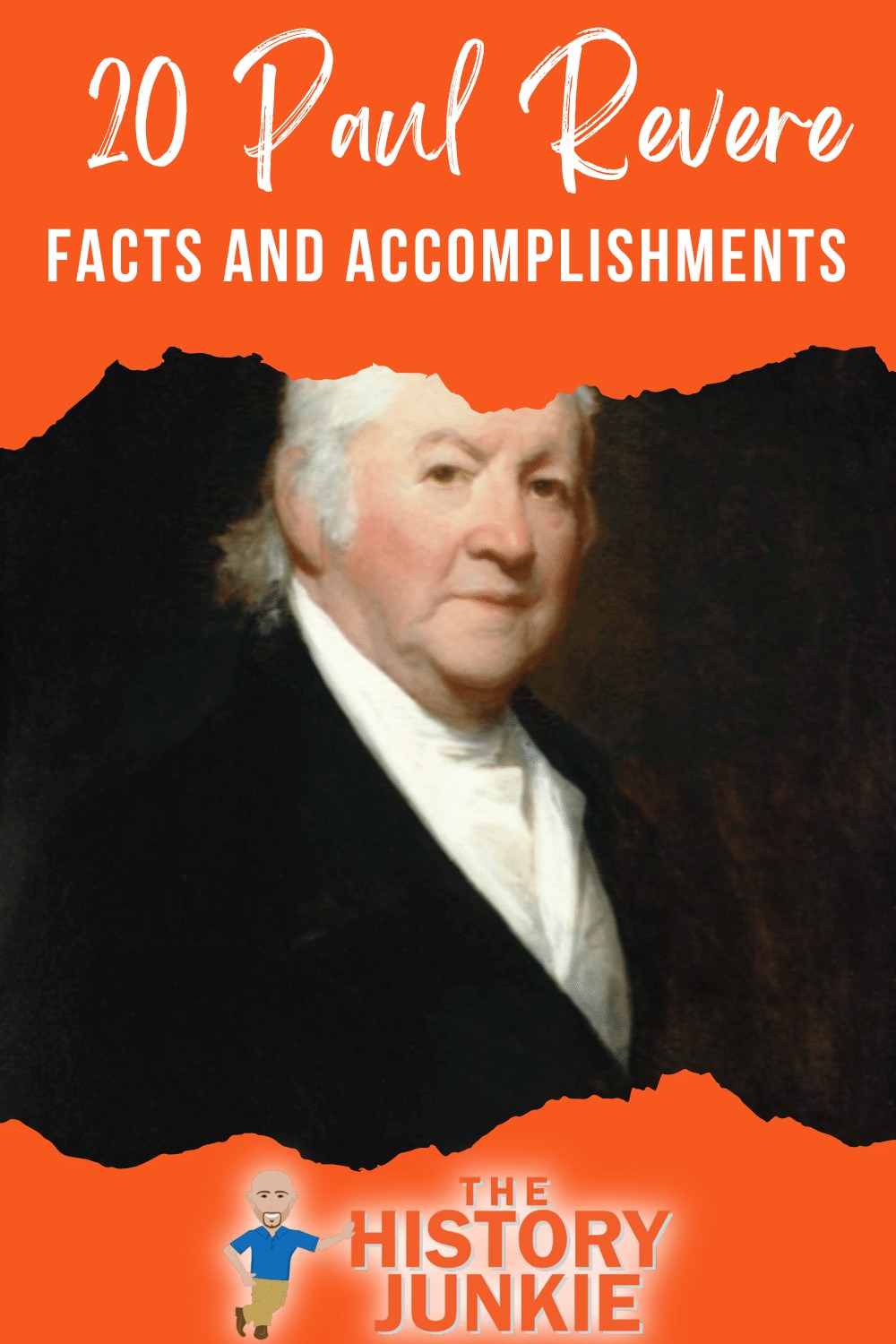
He is known for his famous ride that alerted the countryside, but outside of that event, most do not know who he was prior to or after that event.
Also Read: Paul Revere Timeline and History
Jump to:
- 1. A Poem Almost Made Him a Mythical Character
- 2. His Family Was Of French and English Descent
- 3. He was Actually an Excellent Silversmith
- 4. He Served in the French and Indian War
- 5. He Had Two Wives
- 6. Economic Uncertainty Made Him a Jack of all Trades
- 7. Paul Revere Created Propaganda During the Boston Massacre
- 8. He Participated in the Boston Tea Party
- 9. Paul Revere Participated as a Spy In "The Mechanics"
- 10. He Had a Popular Ride Before His Famous Midnight Ride
- 11. He Did More During His Famous Ride Than Most Know
- 12. Paul Revere was Captured on His Ride
- 13. He Served In Multiple Ways During the War
- 14. The Penobscot Disaster Ended His Military Service
- 15. He Became A Wealthy Entrepreneur After The War
- 16. He Became a Grand Master in Freemasonry
- 17. He Became a Federalist
- 18. He Helped His Country During the War of 1812
- 19. Paul Revere Outlived 12 of His Children
- 20. The Copper Company Still Exists Today
Revere lived until he was 83 years of age at a time when the average lifespan for a white male was just below 40 years old.
He witnessed changes within the 13 original colonies, the French and Indian War, the Boston Massacre, the Boston Tea Party, the American Revolution, the Ratification of the Constitution, The Louisiana Purchase, and the War of 1812.
The times he lived were a time when America was in its infancy and was developing into what it would become.
He would play more of a role than just one ride in the middle of the night.
1. A Poem Almost Made Him a Mythical Character
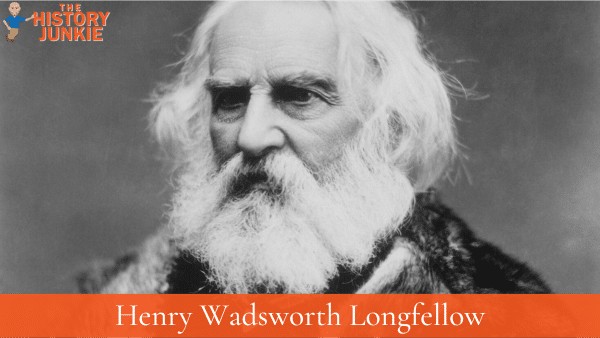
Henry Wadsworth Longfellow's poem painted an inaccurate picture of Paul Revere and his ride.
Longfellow probably never intended it to be used as history and just as propaganda to help recruit soldiers, but it was eventually put into every history book, and students had to read and memorize it.
The poem portrayed Revere as the lone rider and did not make mention of William Dawes, Samuel Prescott, or the other 40 riders that night.
The poem does not mention that he was captured prior to riding into Concord.
The poem also suggests that he rose through the countryside shouting, "The British Are Coming!" which suggests that everyone was in agreement with the rebellion. This also would not have happened since loyalists lived among the population, British soldiers were out at night, and the alarm system was a secret.
Longfellow knew that his poem was inaccurate and did it on purpose for poetic purposes.
2. His Family Was Of French and English Descent

Paul Revere was born in Massachusetts Bay Colony, but his father was born in France and from a French Huguenot family. The Huguenots fit in well with the Puritan culture since they had the same beliefs and were influenced by John Calvin.
Also Read: 25 Facts About Massachusetts Bay Colony Timeline
His father anglicized his name, and Apollos Rivoire eventually became known as Paul Revere.
He married into the Hitchbourn family, which was a Boston family that went back a couple of generations and had migrated over to the New World from England.
Despite his mixed heritage, his parents shared a common religion, which influenced their son.
Ironically, Revere displayed more of an interest in the Church of England rather than the Puritans.
3. He was Actually an Excellent Silversmith
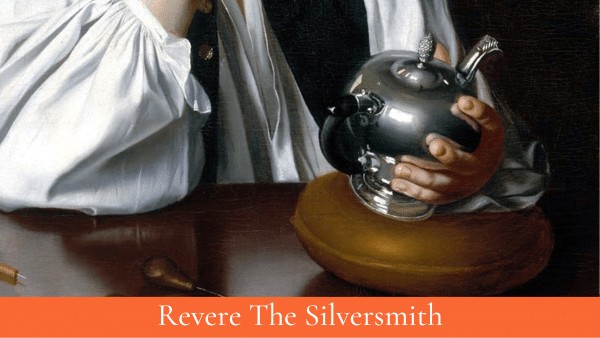
It is known that Paul Revere was a silversmith, but most do not realize how good he was at that trade.
He was apprenticed to his father when he was a teenager, and after his father passed away, he took over the business. His items were of high quality, and many of the wealthy citizens bought his wares.
The customers he attracted with his silversmith business would make him a well-connected man in Boston and would serve him well when he became activated shortly before the Revolutionary War.
According to Rau Antiques:
By the 1760s, Revere had built up a thriving silver shop. The scope of Revere’s talent as a master silversmith was wide; he made everything from buttons for artisans, communion dishes for churches, and tea sets and salvers for Boston's elite. He was one of the few American smiths who could complete a work from raw ingot to finished item, including the engraving. It was this skill that earned him work decorating pieces for other silversmiths, including engraving the plates used for Massachusetts' earliest paper money.
4. He Served in the French and Indian War
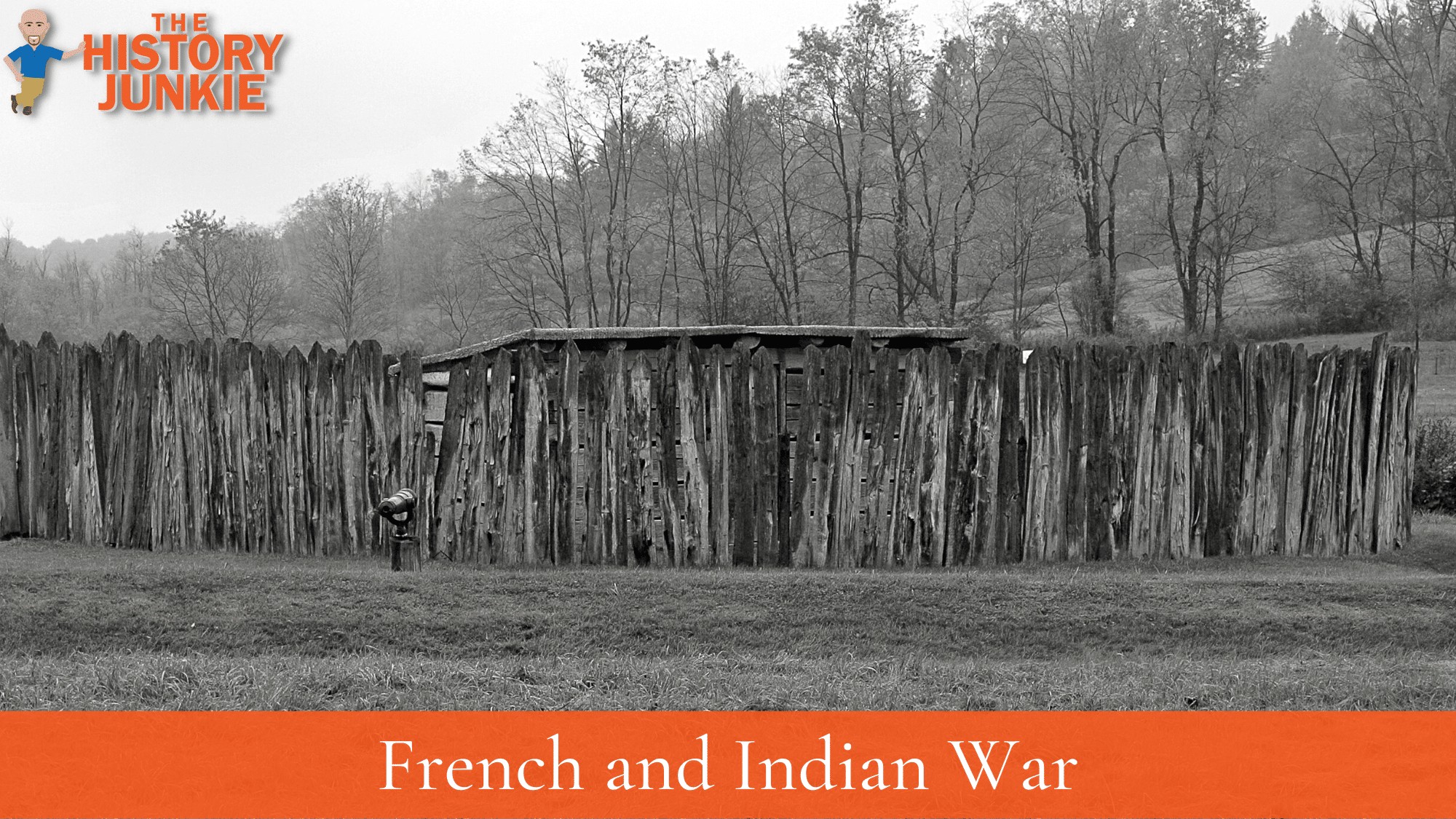
In February 1756, during the French and Indian War, Paul Revere enlisted in the provincial army. The weak economy may have motivated his decision, as the army service promised consistent pay.
He was commissioned as a second lieutenant in a provincial artillery regiment and spent the summer at Fort William Henry at the southern end of Lake George in New York.
This was part of an abortive plan to capture Fort St. Frédéric.
Revere did not stay long in the army but returned to Boston and assumed control of the silver shop in his own name.
5. He Had Two Wives
At 22 years of age, he married his first wife, Sarah Orne. Her family was another Bostonian family, but it is unclear how long they were residents. At the time, Revere was still a young man just getting his start. Sarah probably did not come from a wealthy family.
While their marriage seemed to be a happy one, it had its share of tragedy.
Two of their children died before adulthood, and only one of their children would survive Paul Revere.
Sarah would die shortly after the birth of Isanna Revere.
revere married again within the year of Sarah's death. His daughter Isanna died three days prior to his second marriage to Rachel Walker.
6. Economic Uncertainty Made Him a Jack of all Trades
Paul Revere's business suffered during the economic recession that followed the Seven Years' War (AKA The French and Indian War). The Stamp Act of 1765 further worsened the Massachusetts economy, and Revere's business declined even further.
At one point, his property was even seized. To make ends meet, Revere took up dentistry, a skill he learned from a practicing surgeon who lodged at a friend's house.
One of his clients was Joseph Warren, a local physician and political opposition leader with whom Revere formed a close friendship.
The connections he made during the 1760s would activate him as an influential patriot.
7. Paul Revere Created Propaganda During the Boston Massacre
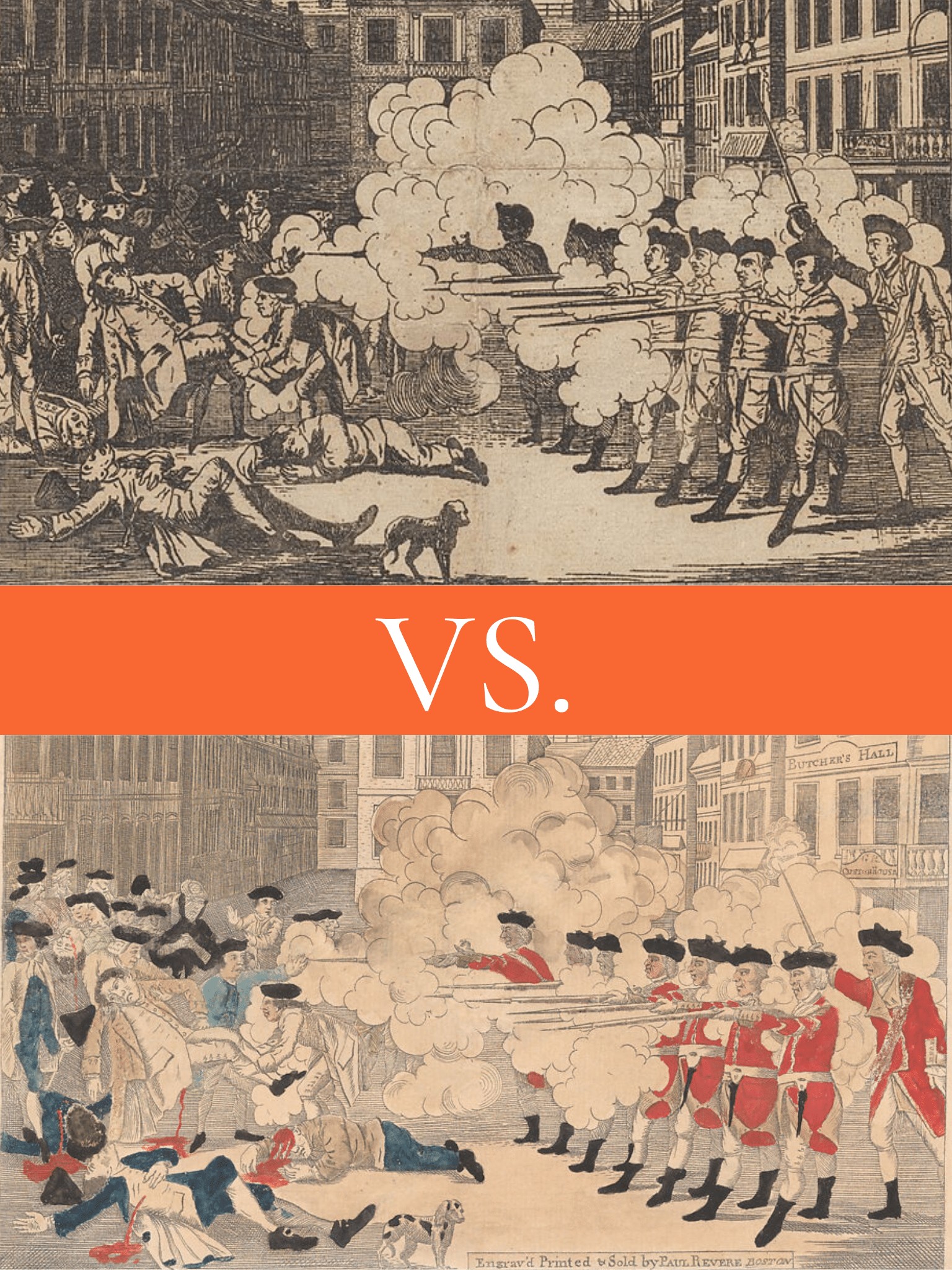
If one has studied the Boston Massacre, then they are familiar with the infamous engraving of the British soldiers reproduced by Paul Revere.
Also Read: Facts About The Boston Massacre
The engraving was a copy of an earlier engraving, but Revere made some noticeable changes and included
- He included Crispus Attucks and portrayed him as an African-American, which the original did not include him.
- He printed it in color, which increased emotional response because of the depiction of the blood of those killed.
- He kept the orderly line and fire of the British, which made it seem as though Captain Preston ordered the firing into the crowd and not the chaotic protest that it was.
This picture is credited to Revere, but it was originally produced by Henry Pelham.
8. He Participated in the Boston Tea Party
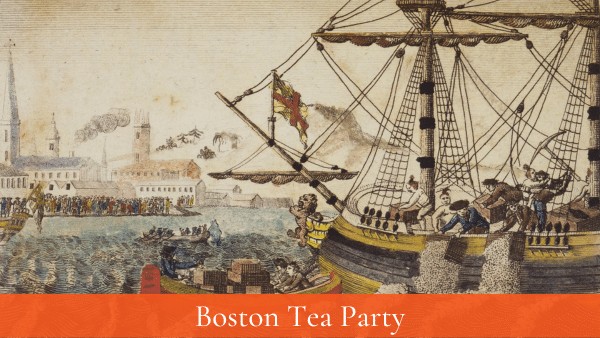
It seemed as though every move the British made to squash the rebellion only made it worse.
In November 1773, the merchant ship Dartmouth arrived in Boston Harbor carrying the first shipment of tea under the terms of the Tea Act.
This act authorized the British East India Company to ship tea directly to the colonies, bypassing colonial merchants. The colonists had been boycotting British tea in response to the Townshend Acts, so the arrival of the Dartmouth sparked renewed protests.
Paul Revere and Joseph Warren, as members of the informal North End Caucus, organized a watch over the Dartmouth to prevent the unloading of the tea.
The Boston Tea Party enraged the British and would lead to the Intolerable Acts.
9. Paul Revere Participated as a Spy In "The Mechanics"

General Thomas Gage shut down the Boston port and forced private citizens to house British soldiers. It is unknown if he agreed with the actions the British took, but he did follow orders thoroughly.
This again fueled resistance, and Revere took action.
Revere and a group of 30 "mechanics" began meeting in secret at his favorite tavern, the Green Dragon, to coordinate the gathering and dissemination of intelligence by "watching the Movements of British Soldiers."
Around this time, Revere regularly contributed politically charged engravings to the recently founded Patriot monthly, Royal American Magazine.
This organization would lead to more connections that would set him up for his famous ride.
10. He Had a Popular Ride Before His Famous Midnight Ride
In December 1774, Paul Revere rode to Portsmouth, New Hampshire, on a mission to warn the locals of an impending landing of British troops.
The rumors turned out to be false, but Revere's ride sparked a rebel success by provoking locals to raid Fort William and Mary, which was defended by just six soldiers.
The locals captured the fort's gunpowder supply, which was a major victory for the rebels.
When news of this event was learned by Thomas Gage, he knew that he needed to respond. The rebels had begun mobilizing more aggressively than in the past.
11. He Did More During His Famous Ride Than Most Know
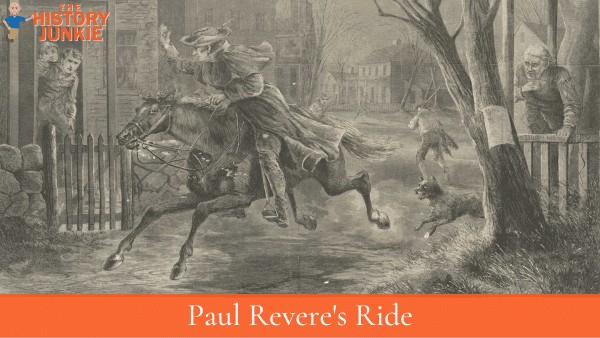
The problem with Longfellow's Poem that immortalized Revere's Ride is not that it left so many riders out but that it does not do justice to how important Paul Revere was to the victory at Lexington and Concord.
The poem emphasizes his ride through Lexington and Concord and only gives a vague reference to the other towns. Revere never made it to Concord, but along the way to Lexington, he triggered many riders who had their own routes.
He and William Dawes recruited Samuel Prescott, who alarmed Concord and also triggered other riders.
By the time the British made it to Concord, they were dealing with many different town militias, and on their retreat, the provincial numbers kept growing while the British numbers kept shrinking.
Revere had been captured prior to Concord, and then he was released. He immediately returned to Lexington to help secure belongings for John Hancock.
His ride was not a simple ride, and if not for his knowledge, the only things that would have happened were Samuel Adams and John Hancock be alerted and the stores at Concord possibly taken.
12. Paul Revere was Captured on His Ride

Paul Revere, William Dawes, and Samuel Prescott were detained by a British Army patrol in Lincoln at a roadblock on the way to Concord. Prescott jumped his horse over a wall and escaped into the woods, eventually reaching Concord.
Dawes also escaped, though he fell off his horse not long after and did not complete the ride.
Revere was captured and questioned by the British soldiers at gunpoint. He told them of the army's movement from Boston and that British army troops would be in some danger if they approached Lexington because of a large number of hostile militia gathered there.
He and other captives taken by the patrol were still escorted east toward Lexington until, about a half-mile from Lexington, they heard a gunshot. The British major demanded Revere explain the gunfire, and Revere replied it was a signal to "alarm the country."
As the group drew closer to Lexington, the town bell began to clang rapidly, upon which one of the captives proclaimed to the British soldiers: "The bell's ringing! The town's alarmed, and you're all dead men!"
The British soldiers gathered and decided not to press further toward Lexington but instead to free the prisoners and head back to warn their commanders.
The British confiscated Revere's horse and rode off to warn the approaching army column.
13. He Served In Multiple Ways During the War
Paul Revere did serve in the military during the war, but his strength was not combat in the field. In fact, his combat experience ended in disaster.
His strength was his business acumen and innovation.
In November 1775, the provincial congress sent Paul Revere to Philadelphia to study the workings of the only powder mill in the colonies.
The Continental Congress hoped that Revere would be able to build a second powder mill in Massachusetts, as there was a desperate shortage of gunpowder.
Revere met with the mill's owner, Oswald Eve, who showed him around the mill. However, Eve refused to give Revere detailed drawings of the mill unless he was first paid a substantial bribe.
Despite this setback, Revere was able to discern useful information from the visit. He also acquired, through the work of Samuel Adams, plans for another powder mill.
This information enabled Revere to set up a powder mill at Stoughton. The mill produced tons of gunpowder for the Patriot cause.
14. The Penobscot Disaster Ended His Military Service
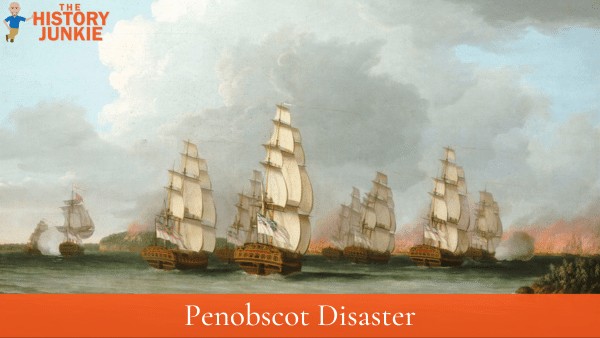
In June 1779, the British established a new base on Penobscot Bay in present-day Maine. Massachusetts authorities responded by calling out the militia and organizing a major expedition to dislodge the British.
The expedition was a complete fiasco. The land and naval commanders squabbled over control and could not agree on strategy or tactics. The arrival of British reinforcements led to the destruction of the entire Massachusetts fleet.
Paul Revere commanded the artillery units for the expedition. He was responsible for organizing the artillery train and participating in the taking of Bank's Island. From Bank's Island, artillery batteries could reach the British ships anchored before Fort George.
Revere then oversaw the transport of the guns from Bank's Island to a new position on the heights of the Bagaduce Peninsula that commanded the fort.
Revere favored storming the fort, but Brigadier General Solomon Lovell opted for a siege instead. After further disagreements on how to proceed between Lovell and fleet commander Dudley Saltonstall, Lovell decided to return to the transports on August 12, a decision supported by Revere.
Late the next day, British sails were spotted. The fleet scrambled to retreat up the Penobscot River. Revere and his men were put ashore with their stores, and their transports were destroyed.
At one point, Brigadier General Peleg Wadsworth ordered Revere to send his barge in an attempt to recover a ship drifting toward the enemy position. Revere at first resisted but eventually complied. Wadsworth told Revere to expect formal charges over the affair.
The incident separated Revere from his men. He moved overland and eventually managed to regroup most of his troops. He returned to Boston on August 26.
A variety of charges were made against Revere, some of which were exaggerated assignments of blame made by enemies he had made in his command at Castle William. The initial hearings on the matter in September 1779 were inconclusive, but he was asked to resign his post.
Revere repeatedly sought a full court-martial to clear his name. It was not until February 1782 that a court martial heard the issue and exonerated him.
By that time, the war was over.
15. He Became A Wealthy Entrepreneur After The War
Paul Revere struggled shortly after the war to find his place. He tried his hand at becoming a merchant but could not acquire the capital to start his business.
He already had an excellent reputation as a silversmith and sold luxury items to a wealthy class, but it was his application of rolling mills that increased his wealth.
The efficiency of rolling mills for his business allowed him to create items that were affordable to the masses. With more people purchasing his wares, he generated more wealth.
Later, he invested in a copper mill, which also became successful.
Paul Revere's quasi-industrialization of his practice set him apart from his competition. His success was due to a combination of factors, including fortuitous timing, innate technical aptitude, thorough research, and the casting experience he gained from silver working.
This technical proficiency allowed Revere to optimize his work and adapt to a new technological and entrepreneurial model.
16. He Became a Grand Master in Freemasonry
Paul Revere was a Scottish Freemason. He was a member of Lodge St Andrews, No. 81, in Boston, Massachusetts. The Lodge continues to meet in Boston with the number 4 under the jurisdiction of the Grand Lodge of Massachusetts.
The date he joined the Lodge is not known, but it was sometime after the inauguration of the Lodge on St. Andrew's Day, November 30, 1756, and May 15, 1769, when he is recorded in the Grand Lodge of Scotland membership register as the Lodge Secretary.
Joseph Warren and William Palfrey are also recorded on the same page as members of the Lodge and being Master and Senior Warden, respectively.
Revere eventually became the Grand Master of the Freemasons of Massachusetts when a box containing an assemblage of commemorative items was deposited under the cornerstone of the Massachusetts State House on July 4, 1795, by Governor Samuel Adams, assisted by Grand Master Revere and Deputy Grand Master, Colonel William Scollay.
17. He Became a Federalist
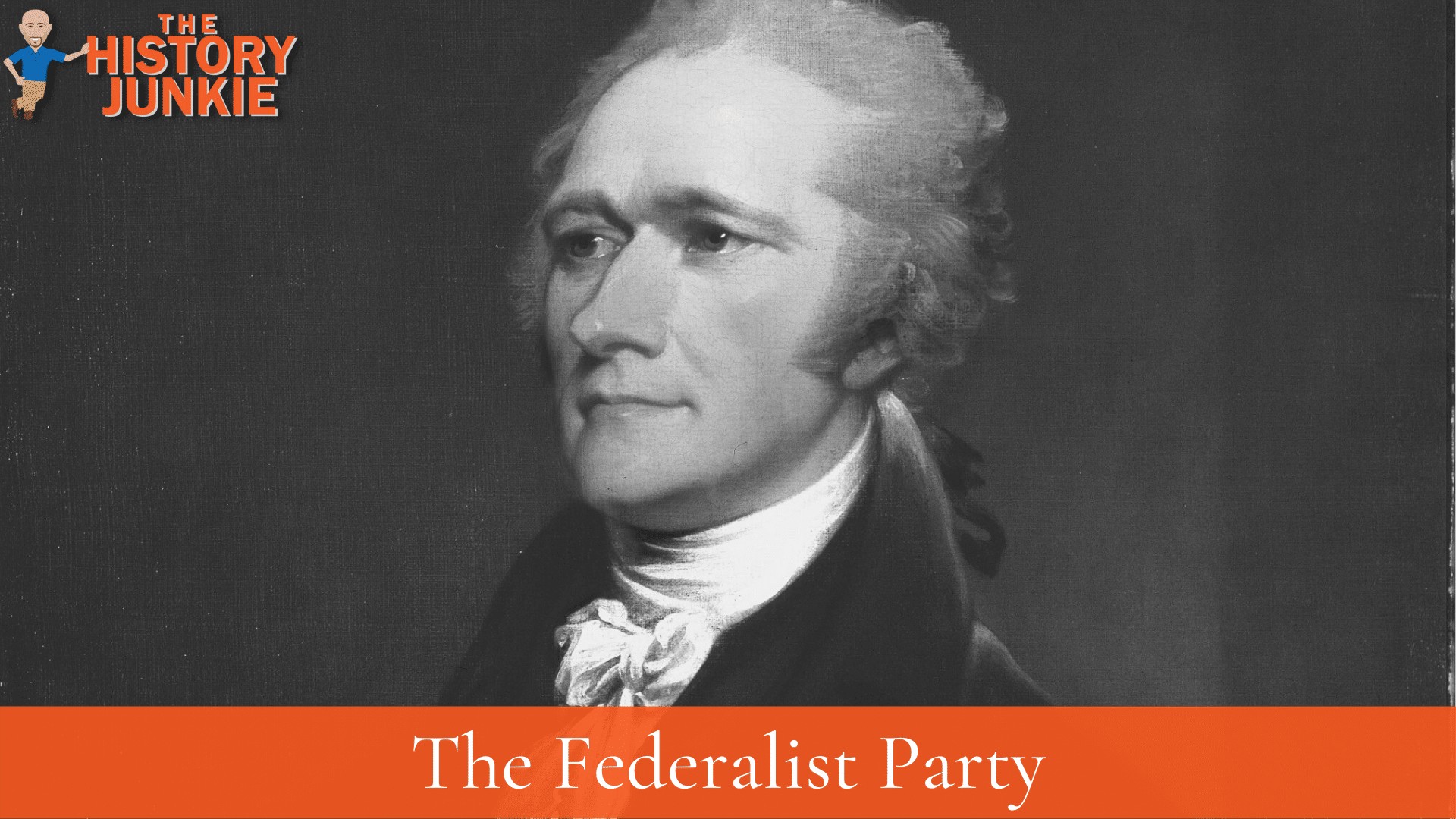
New England became a Federalist stronghold that supported George Washington, John Adams, and other Federalist candidates even as the party faded after the death of Alexander Hamilton.
Paul Revere would follow his regional trend and was a staunch Federalist who opposed Jeffersonian policies.
He did not agree with Thomas Jefferson in principle, and the Embargo of 1807 hurt New England's Economy, including Paul Revere.
Jefferson wanted an agrarian society, but Revere was not a farmer but a man of industry. This conflict of perspective continued throughout his life.
18. He Helped His Country During the War of 1812
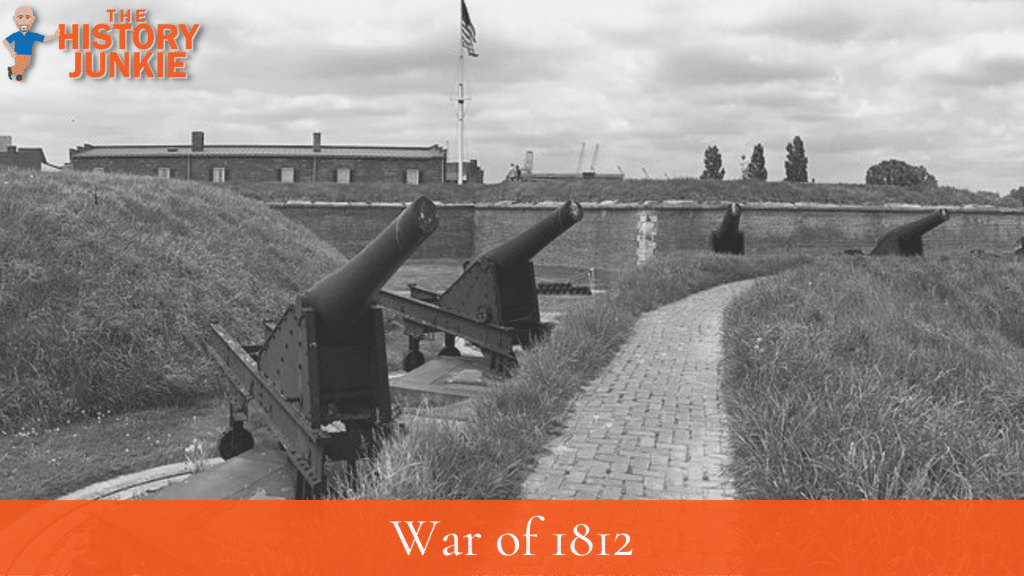
He was in his late 70s when the War of 1812 began. He had witnessed the birth of his country and now was witnessing the possible destruction of his country.
Even after retiring in 1811, Paul Revere continued to participate in local discussions of political issues. In 1814, he circulated a petition offering the government the services of Boston's artisans in protecting Boston during the War of 1812.
At his advanced age, he was not going to pick up a musket and fight, but he supported his country any way he could, and he did so for his children's future,
19. Paul Revere Outlived 12 of His Children
What is often not seen in Revere's life is the tragedy he endured throughout his life. He and his two wives had 16 children, and out of the 16, only 4 survived him.
He lost his father when he was 15 years of age.
He lost his first wife when she was still young, and his second wife died five years before him.
At the time of his death, he had many grandchildren but only one surviving daughter. He had daughters who died shortly after their birth and many that died after being married and having children.
He had one daughter who died at 9 months old, just three days before his second marriage.
He had sons who lived into adulthood and had many children, but they died prior to him, with the exception of three.
Unfortunately, his fate was similar to others who lived during that time. If a parent lived into their 80s, it was rare, and they would most likely witness the death of multiple children.
This occurred with John Adams, Thomas Jefferson, Charles Carroll, and other founding fathers who lived long lives.
20. The Copper Company Still Exists Today
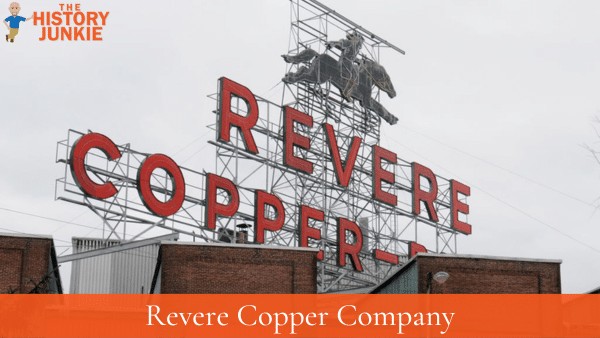
There are not many businesses that stand the test of time. They eventually go bankrupt, sell, merge, or many other things.
Paul Revere's business survived when he was locked out of Boston during its siege in the war, and his 15-year-old son Paul Revere III kept it going.
After his death, it survived through three of his sons and grandsons and still exists today, making the Revere Copper Company over 220 years old at the time of this writing.
His son, Joseph Warren Revere, was a prominent influence on the company after the death of his father.
